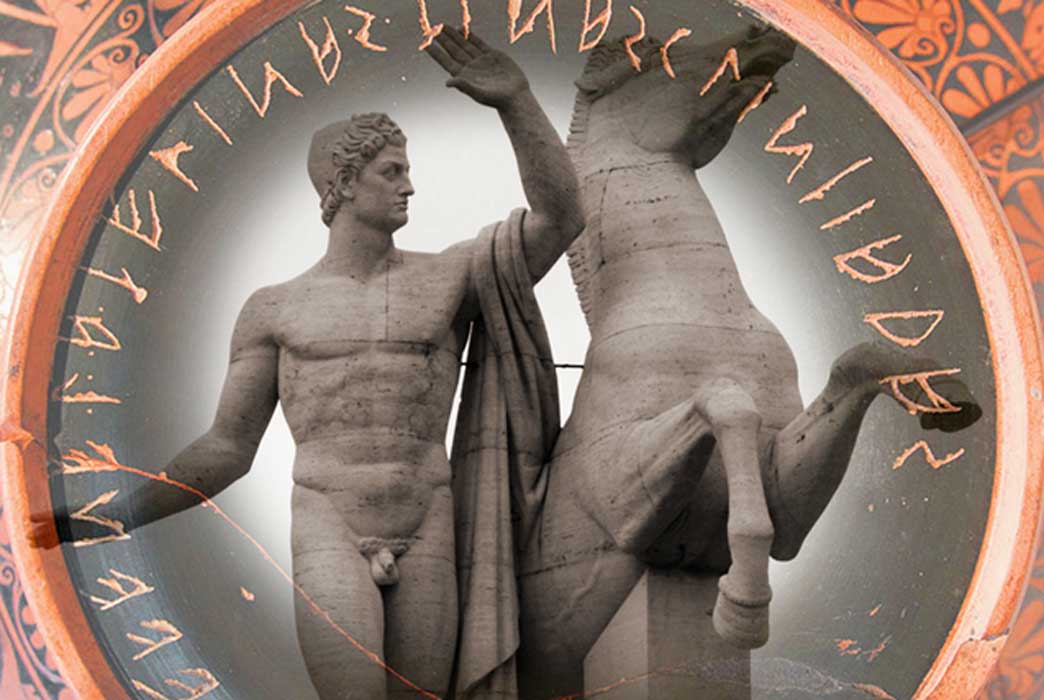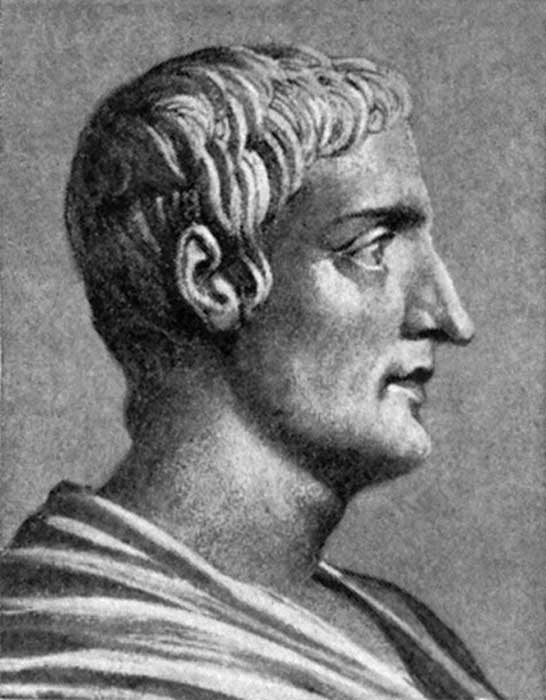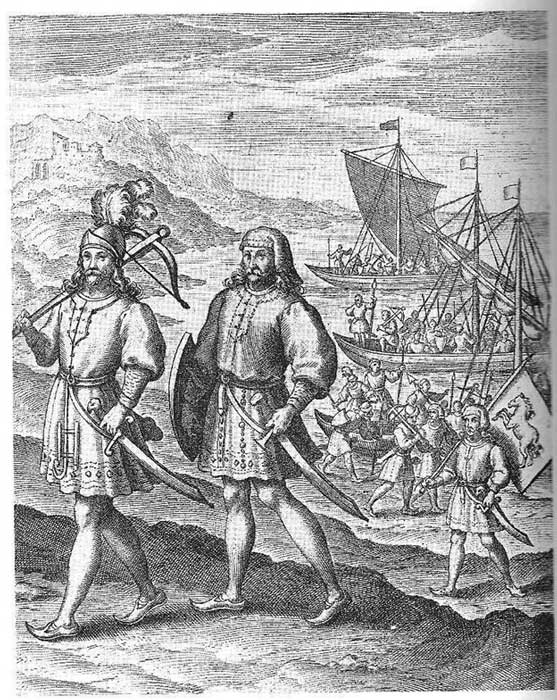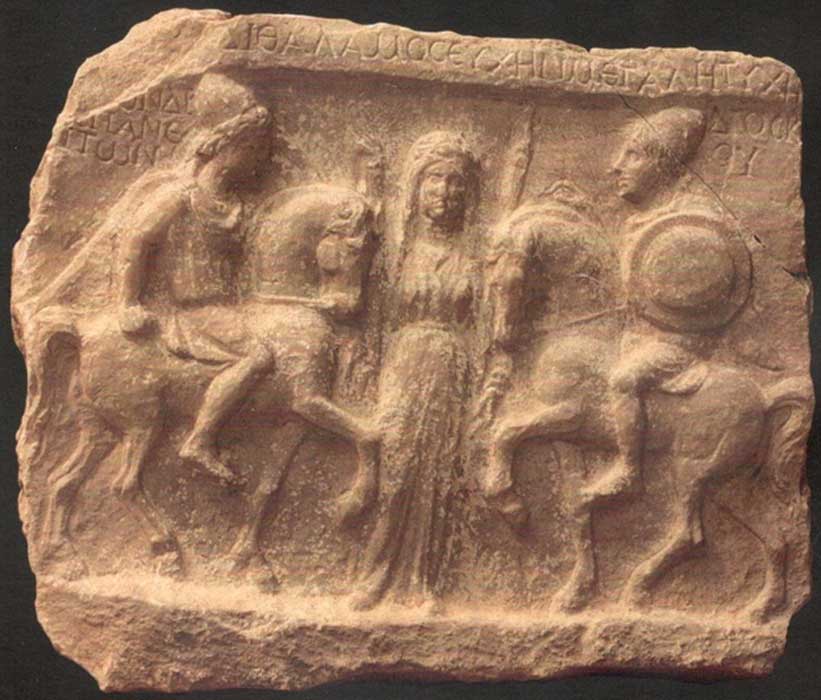
Twins, Kings and Horses: Symbols of the Divine Twins in Ancient Mythology
The ancient figures of the “Divine Twins” are recognizable throughout the world with minor variations of the same themes. They are usually depicted as the sons of the Sky God, or even having dual paternity – one twin from a human father and the other from a god. Among the many associations attached to the Divine Twins is the custom of dual kingship—the warrior king and the priestly king—where one king would go on campaigns and the other would remain to protect and reassure the tribe. Mentions of this custom were made as early as accounts by ancient Greek historian Tacitus (c. 56 – c. 120 CE) and continued well into the Migration Age where the twin kings became popular legendary figures.

Drawing of the Roman historian Cornelius Tacitus by an unknown illustrator. (Public Domain)
However, an interesting association occurs in the names of the twin leaders of the Anglo-Saxon invasion of Britannia, Horsa and Hengest of Jutes who are said to be the descendants of Woden (the god Odin of Norse mythology). The two names are words for “horse” and “stallion” respectively in Old English.

Illustration of Horsa and Hengest, said to be the descendants of Woden/Odin. (Public Domain)
This association does not appear to be a coincidence. The idea of the “Divine Twins” formed a part of the original Proto-Indo-European religion in the fourth millennium BCE. Subsequent records identify and define the distribution of these gods in time and space through their descendant cultures such as the Germanic twins Alcis (meaning “sacred space” or “protection”), the Hellenic Dioscuri (“sons of god”, which refers to the twins Castor and Pollux), the Vedic Ashvins (“horse tamers” or “possessor of horses”), the Lithuanian Asvieniai (cognate of Ashvin), and the Latvian Dieva Deli (which, again, means “sons of god”) among others. All these twins are mostly associated with the sun, the sea and healing. However, another association that they share that is, perhaps not as obvious, is their association with horses.

Castor and Pollox; Votive plate with Dioscuri and Artemis, found in Demir Kapija, Macedonia (CC BY-SA 4.0)
The Divine Twins and the Sun
After 2000 BCE, texts from the Near East and India present new generations of gods, among them the “Divine Twins”. Archaeological evidence from Europe suggests that the Divine Twins were dominant gods during the second millennium BCE whose fame continued well into the early first millennium BCE. Their popularity is probably linked to the expansion of the war chariot after 2000 BCE, which they used to drive around the earth with the sun.




